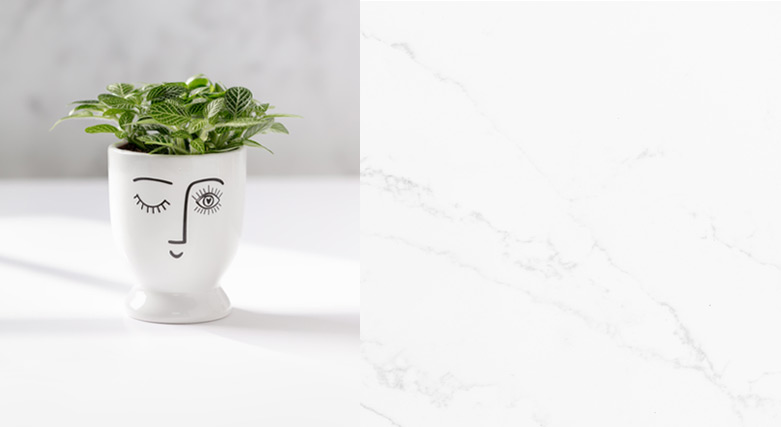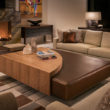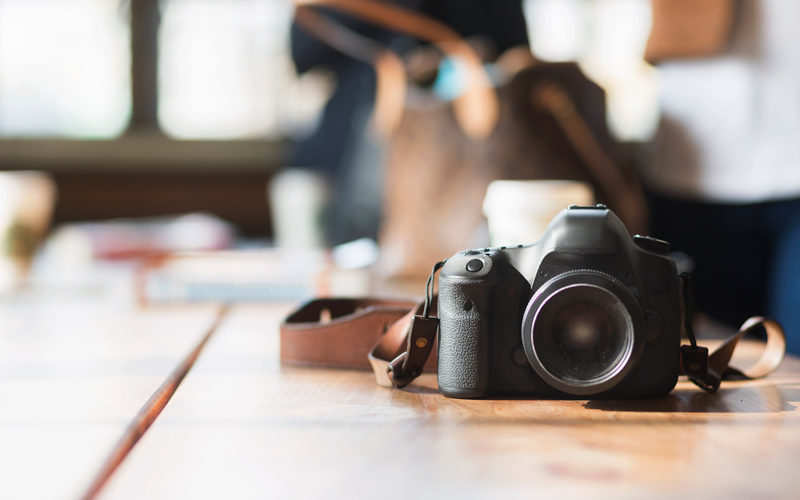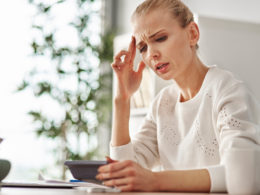You burn the midnight oil coming up with the perfect designs and furnishings, and then on installation day, when your heart is filled with joy from seeing it all come together exactly as you envisaged, you click a mental picture, and it’s perfect. Then you pull out your phone to click a photograph and the result is disappointing, frustrating, and depressing.
What your eye sees, your camera lens refuses to see. Being unable to get good photographs of your project is the worst nightmare for any designer because these pictures are needed to enrich your portfolio and they act as stepping stones to bigger and better projects. Make no mistake, it is time to hire a professional interior photographer. This article takes you through the various facets of interior photography and the most important things to keep in mind while choosing a photographer.
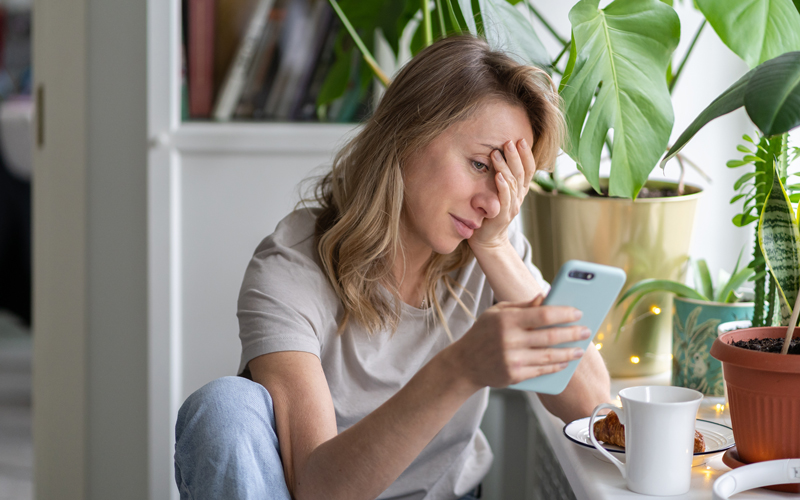
Before we dive into the art of securing the best photographer for your needs, let’s address an issue that precedes that: consent. In order to photograph your work, you’ll need your client’s permission. This is often raised in an early conversation and stipulated in your client contract. Many clients seek to keep a low profile in the world and don’t want pictures of their home. Sometimes they will feel like you will deliver an inferior product if they don’t consent. In these, and in some cases of regret, clients will occasionally give pushback on the photography once the project is completed. It can be a heart-breaking moment for a designer that has poured months or years into the project. It could make sense that photography has a dollar value in the design industry and that contracts stipulate a surcharge if the client doesn’t allow photographs. The main point is to make sure that you clarify permission in advance so that you minimize the chance of getting disappointed.
Reasons to Hire an Interior Photographer
Sometimes it is possible to get decent pictures on your camera phone, especially for use on social media. Many other times, your phone just cannot do justice to your design skills, especially if they are intended for publishing in a shelter magazine or at the top of your website’s homepage. Here is why hiring an interior photographer is a wise investment for your design career:
1. Saves Time
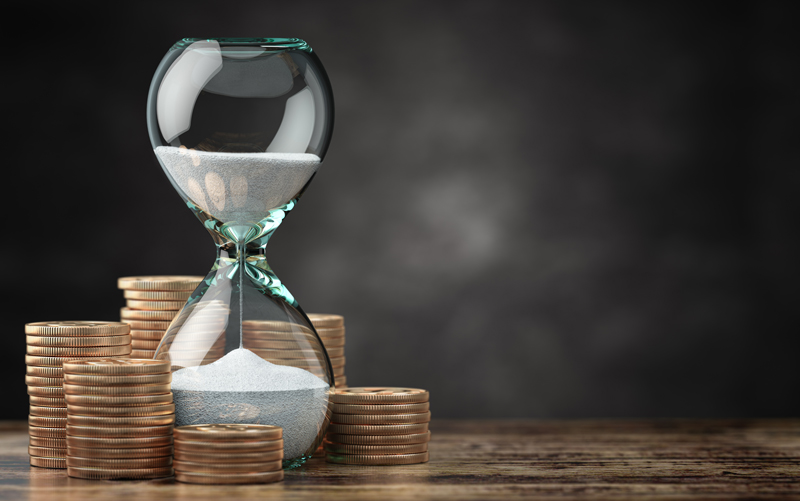
Hiring a professional interior photographer can save you a lot of time, time which you would otherwise spend on trying to get the right shot with poor equipment and limited knowledge of photographic composition. Keep in mind that this is valuable time that you could spend making profits from your design business. It is wise to delegate such tasks and keep yourself focused on your core responsibilities like attracting clients, keeping your operations running smoothly, as well as on the design process.
2. Right Equipment
Letting a professional photographer take photos of the space you designed saves you the effort of finding the right equipment to get the shots. An interior photographer is already in possession of all the equipment required to shoot the space as perfectly as you envisaged it in the conceptual stage.
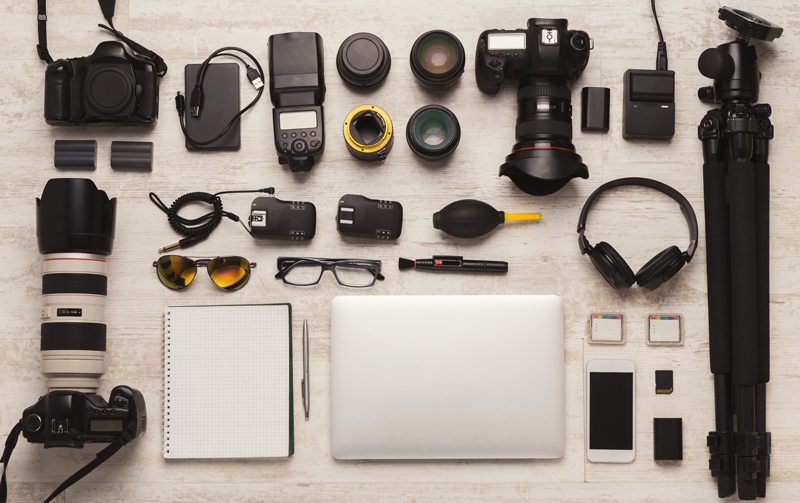
3. Avoids Disaster
Pro photographers have made all of the mistakes long ago and thus the consistency of their work is going to be far superior to anything you can muster–even if you spend on fancy equipment and the best of lens and lighting.
4. Boosts Business
Seeing beautifully shot high-quality photographs on your website and social platforms gives an impression of excellence to the visitors on your page. These pictures make up your digital portfolio and it is of the utmost importance that only the best quality images are presented to your potential clients. A perfectly shot image can speak a thousand words about your business, but so does a shoddy photograph.
5. Increase Chances of Getting Published

Shelter magazines are always looking for beautiful, high-quality pictures. Select some of the best images and send them to a magazine to be published. Even if they’ll be sending out their own photographer, which is often the case, you won’t be able to sell them on the beauty of the project without great images of it.
Where to Find Interior Design Photographers?
1. Referrals
Finding a good interior photographer through referrals from other designers is one of the easiest and safest options. Ask around in your network or on some of the very active interior design Facebook groups for recommendations of photographers that they have used. While this is indeed convenient, make sure that you vet them and make your decision based on a thorough hiring process. Just because one designer finds a photographer perfect for them, does not mean that they will “click” with you too.
2. Houzz
Houzz.com is a great platform to find photographers specializing in interior design. You have the option of sorting photographers by location. You can even read their reviews and see their portfolios. It never hurts to call on one of their clients (a fellow designer) to verify that their experience matched their expectations.
3. Google
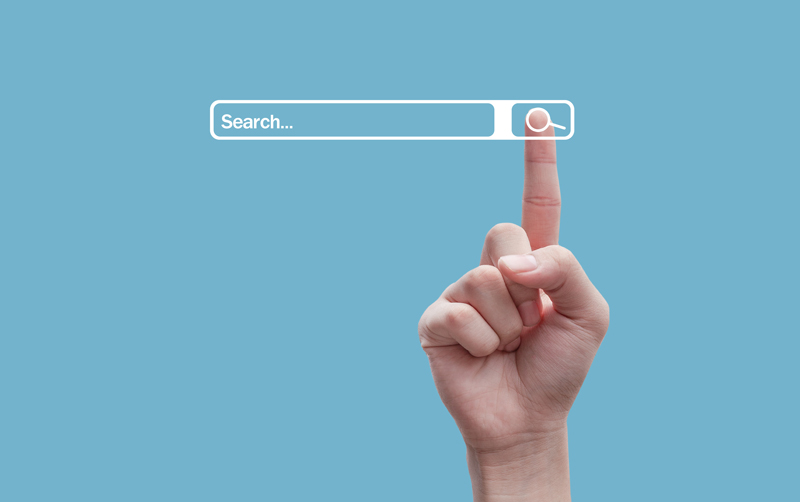
Use the world’s favorite search engine to find a good photographer for your interiors. Start with “interior photographers near me” to get an idea of locally available photographers. Then switch the words “near me” to *name of state you’re in* which will generate a wider search result. Sometimes the right photographer for you might be from out of state, so keep your options open.
4. Social Media
You should never underestimate the power of social media for your business. There are hundreds of thousands of businesses being run on social media platforms like Instagram, Facebook, and LinkedIn. A simple search for interior photographers can give you many results and links to their public profiles. You can also use the hashtag (#) option in the search bar to narrow your search.
How to Choose the Right Photographer?
With easy access to photography equipment and countless photography tutorials, tips, and tricks online, everyone with a DSLR camera considers themselves a photographer. Therefore, it could get a little overwhelming to choose the right photographer to shoot your designs. Here are a few things to help you narrow the pool of eligible candidates:
1. Select the Right Niche
Keep in mind that photographing interiors is a niche area, and requires a specific set of skills and equipment and creative vision as opposed to wedding photography, baby photography, or natural light landscapes. So make sure you choose a photographer who specializes in interiors and/or architecture. Keep in mind that real estate photography is not the same as interior photography. While the former focuses on making the rooms look spacious and fresh, the latter focuses on the design aspects of the house and would involve a lot of vignettes and detail shots. Interior photographers tend to move more slowly and put attention on getting the winning shot worthy of a magazine cover.
2. Explore Profile
Browse through their websites, and social media posts to get an idea about their style. Do you love what you see? Can you imagine your space being shot in a similar style?
3. Check Reviews
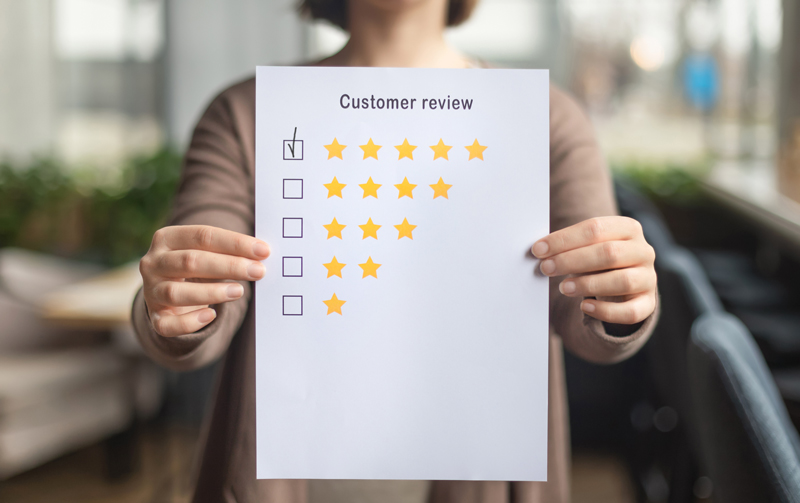
Once you decide that you like their style, go through reviews and testimonials to see what others have to say about them. Make sure you go through the comments under the pictures on social media too. This will give you an idea about how they interact with people and if they are easy to work with.
4. Budget
Make sure to build your photography budget into your annual marketing budget. You will find photographers at all price ranges. But before you pounce on the lowest available option, step back and review whether this is the right fit because your business depends to a large extent on the photographs that speak for you.
5. Assess Manners
The next step is to make contact with them. Whether you do it via phone or in person, keep an eye out for behavior that makes you feel uncomfortable. Are they kind, polite, and knowledgeable? Or are they boastful, arrogant, and rude? How they treat you at the initial consult will probably be how they behave with you or the homeowners during the shoot.
What Questions to Ask Your Photographer?
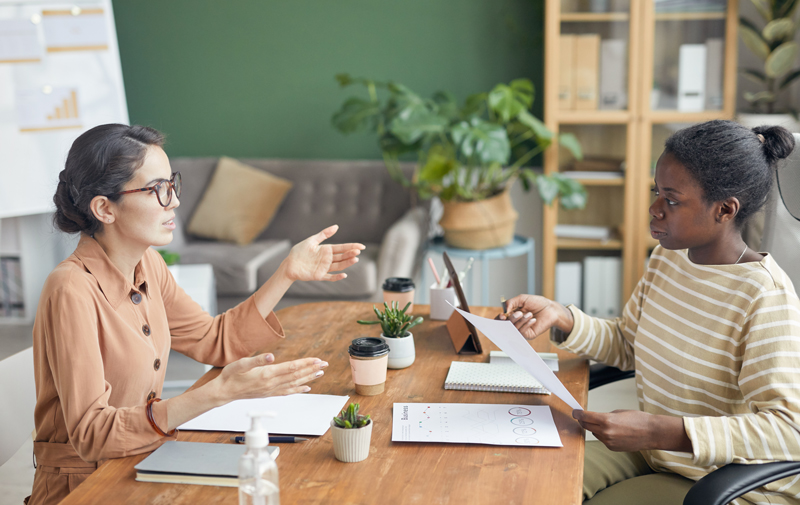
Once you have narrowed down on a photographer based on what you see on their public profiles, reviews, and testimonials, you need to vet them personally to make sure they are the right fit for you. Here are a few questions that you should ask:
1. “Do you only do interior photography, or is this just one of your talents?”
Ideally, get a photographer whose niche is interiors, and is their full-time job. Someone who has a passion for interior photography should be your first choice because they love their job and have honed their craft for shooting interiors and will be able to capture your vision effortlessly.
2. “What are your terms for licensing?”
This question is very important. The license agreement is like a contract document which states how the photos may be used by you. In other words, this document outlines whether these pictures may be used for social media, or publishing in a magazine or newspaper, or for television, how and when the photographer needs to be credited or not, the resolution of the photos, and other details pertaining to your use of the images. Some designers have dealt with controlling photographers that use legal threats to limit how they can use the images that they’ve commissioned. Make sure you have full rights to use your images as you see fit. Avoid getting stuck with expensive images that you can’t use outside of your website. And, avoid getting yourself into a situation where you end up ruining your marketing presentation because your photographer is demanding their image credits too big and too frequently. Take this to heart: some photographers are extremely territorial and defiant, and they’ll fight you to the end if you seek to use those images that you paid for in unapproved ways. Carefully negotiate your contract and don’t be afraid to walk.
3. “Do you have liability insurance?”
Always choose a photographer who has liability insurance. This document protects you, (the designer) in case damage is caused at the client’s space during the shoot. If the photographer does not have liability insurance, then you will be the one paying for damages caused by the photographer.
4. “How much creative control do I have during the shoot?”
Photographers sometimes like designers to be a big part of each shot, by going over the details to discuss what aspect needs to be highlighted and what shouldn’t. If you’re a designer that enjoys this process you should work with a photographer that accommodates that.
5. “How many photos will you take and deliver to me?”
Some interior photographers will spend all day working to capture just a few amazing shots. The other end of the extreme are photographers that snap and share with you over 100+ images. You need to know which type of photographer you are seeking and whether a particular photographer can work with where you are at on the spectrum of quantity to quality. You may need a few perfect shots for a media placement. Or, it could be your first big photographed project, and you might want a dozen images per room so that you can fill in your portfolio. Know your objectives in advance, and if you don’t know, make sure to partner with a digital marketing agency that specializes in interior design studio promotion.
Finally, discuss the project: put forth your vision for the photos and discuss any challenges you envision. Assess their responses and see if they are confident about their craft. Most importantly, assess whether you are feeling comfortable and confident about their skills.
How Much to Pay?
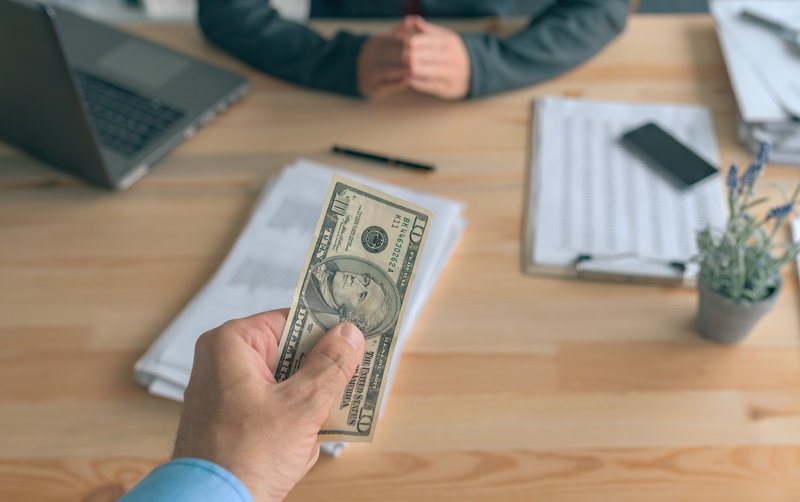
It is normal for designers to face sticker shock when they first hear the charges for a good interior photographer. Think of it as how a naive client experiences sticker shock when they hear your design pricing for the first time. Keep in mind that just like you, they have invested the effort, time, and money to hone and develop their skills and to be able to provide you with beautiful shots that perfectly reflect your amazing design sensibility. Therefore, before you decide that your friend with their iPhone would be a better choice, take some time to educate yourself about the various aspects that contribute to the charges of interior photography:
1. Time
Many photographers charge based on the number of hours it would take to shoot the space. Prices can range anywhere upwards of $100 per hour depending on a host of other factors. Some photographers charge a flat fee for a whole day of the shoot.
2. Area
Pricing photography based on the size of the space is another norm in the industry. Photographers charge depending on the square footage of the area to be shot.
3. Location
If the shoot location is far from the photographer, then the pricing will also reflect that. Many photographers include a specific time for round trip distance in their package, and additional distance traveled is charged separately.
4. Number of Pictures
Photographers also factor in the number of pictures that you want for each space.
5. Assistance
If shooting your space requires additional assistance or personnel to be hired, this will also appear on the final charges. You might be able to bring your own assistant, but if the assistant is well versed with the way the photographer works then that could drastically cut down the time required to shoot the space.
6. Pre-shoot Set Up

Photographers often do not just walk into the space and shoot the space as is. Often the space requires rearrangement of furniture or lighting to capture the essence of the room on camera. Styling is also a factor (pro tip: don’t carry the same flowers around from room to room, as it will negatively stick out in your portfolio). The amount of effort taken to achieve the right shot is factored into the pricing.
7. Equipment Rental
Sometimes the space will require special equipment to be rented. These usually include special lenses or lighting to shoot narrow or dark spaces. In other cases, for example, a tall step ladder might be required if you are trying to shoot the house’s front door from a lower driveway. Or, in some cases, if it is a waterfront property, you might need to rent a boat!
8. Use of Models
Sometimes you might require models to be hired for the shoot. This will mean additional costs. Many times designers will use either their clients, themselves, their own design team or even family as models. In such cases, many designers shoot people in motion in a blurred manner so that your clients’ anonymity will remain. This is a great opportunity to get images of yourself styling the home to use in your marketing materials.
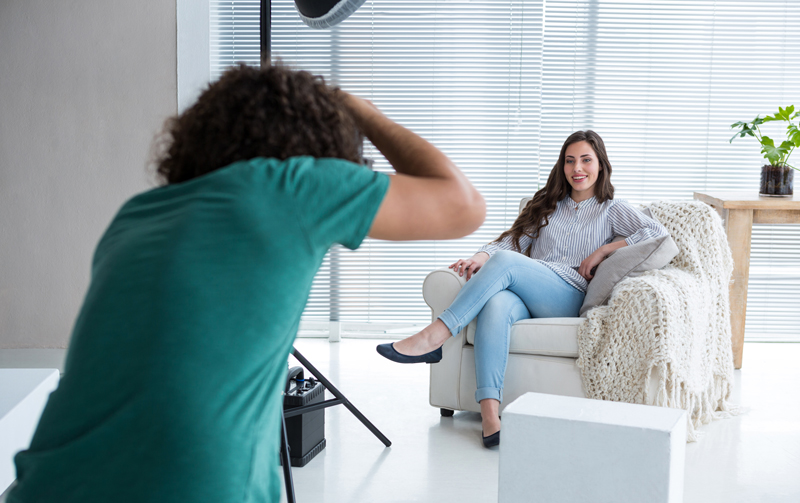
9. Pre-shoot Site Walkthroughs
Many photographers like to visit the site before shooting to get a first-hand idea about the space and the designer’s vision for the final shot. This way they can be prepared with the right equipment and settings for the day of the shoot. Pre-shoot site walkthroughs are often done by more precise and expensive photographers.
10. Post-production Requirements
Believe it or not, processing photographs after the shoot is as difficult as the shoot itself. Post-production almost always involves touch-ups. Sometimes, it also includes adding objects into or deleting them out of the frame. For example, if the art is yet to be hung (or if you don’t like your clients’ taste in art), the photographer will use Photoshop to add your choice of art to the walls.
11. Weekends and Holidays
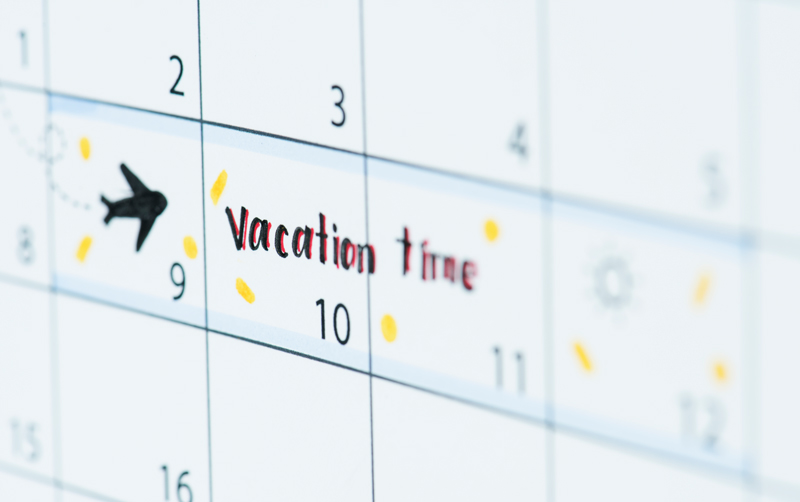
In some cases, the residence is only available to be photographed on weekends or holidays. If your photographer is willing to shoot on weekends or holidays, additional charges may be incurred.
Selecting Photography for Your Needs
You need to know what your photography requirements are before hiring a photographer. Are you aiming to catch the attention of the editor of a local shelter magazine? If so, you might benefit from the type of photographer that shoots just a handful of images on a day-long shoot. They might take a few hours to get that perfect money shot of the gorgeous living room that you designed, and that might be perfect for your needs.
However, on the other side of the spectrum, you just want photographs to help populate your portfolio and embellish your social media channels. In that case, you can often get away with spending much less on a photographer and possibly hire one that shoots without an assistant and without artificial lights.
Real estate photographers and the cheaper options in the Houzz photographer network are great to use for low-budget projects that aren’t worthy of placement on your homepage or at the top of your portfolio, yet are still worth capturing professionally. These can be found from as little as $200/shoot. They will move as quickly as a fast-food worker, but you will still likely get shots far superior to what you could produce yourself. They also will likely not do any post-production work, so any wish for photo editing would be an additional expense through someone else.
It makes sense to talk through your photography needs with your marketing agency first. They can help you understand what you are seeking in a final product.
Conclusion
Making all your promotional materials eye catchy with perfectly shot visuals conveys professionalism, excellence, and class. It sends the signals to your potential clients that you are an industry veteran that does things right. Investing in interior design photography is beneficial for your business in many ways. Keep in mind that not only photos but well-made videos (learn how to do it yourself!) contribute to enhancing your digital presence. Explore the options out there and make sure you carefully vet the photographer before signing the contract.
It takes a talented photographer to do justice to the beauty of your designs. No interior designer has ever regretted having beautiful photographs of their work – many have regretted missing the opportunity to do it right when they had the chance to access their clients’ home for that one time.
Do you have any suggestions that we overlooked on hiring photographers? If so, please comment below. It is the best way to communicate with us – we promise to respond.

